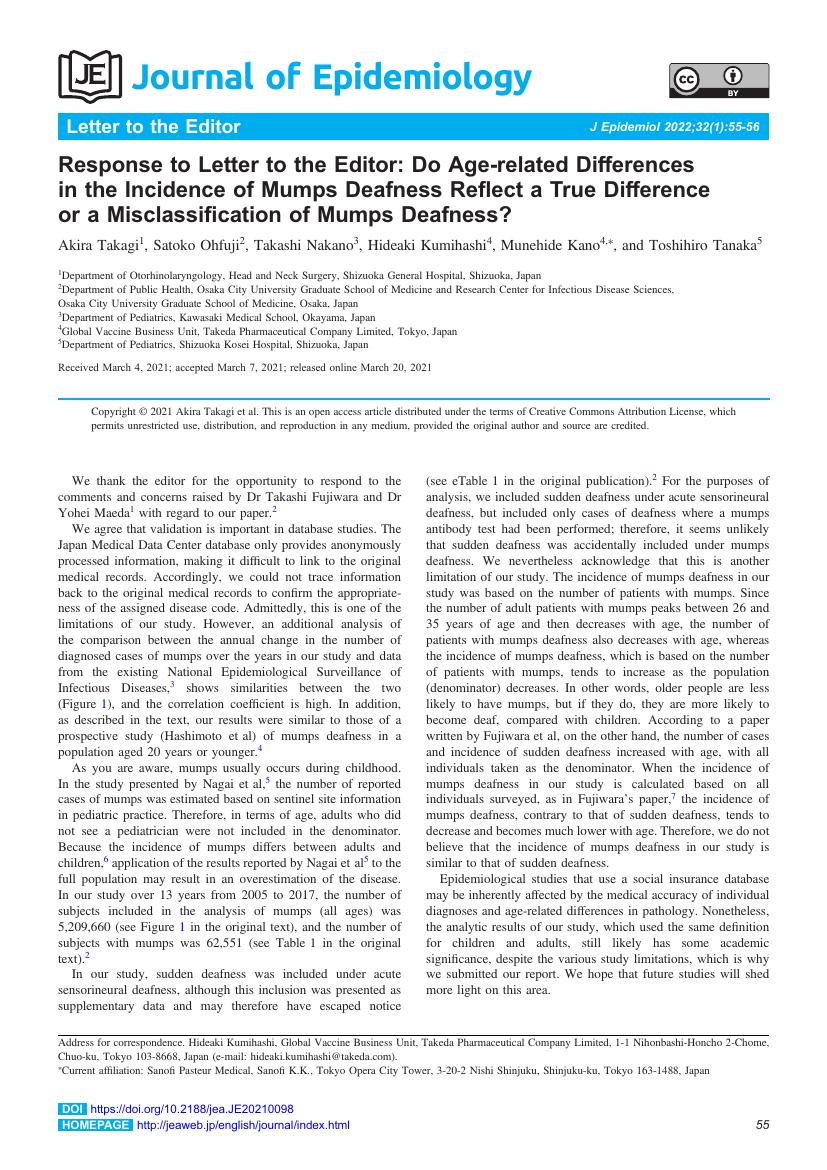- 著者
- Toshiro Niwa Toshifumi Shiraga Akira Takagi
- 出版者
- 公益社団法人日本薬学会
- 雑誌
- Biological and Pharmaceutical Bulletin (ISSN:09186158)
- 巻号頁・発行日
- vol.28, no.9, pp.1805-1808, 2005 (Released:2005-09-01)
- 参考文献数
- 50
- 被引用文献数
- 82 191
The effects of five antifungal drugs, fluconazole, itraconazole, micafungin, miconazole, and voriconazole, on cytochrome P450 (CYP) 2C9-mediated tolbutamide hydroxylation, CYP2C19-mediated S-mephenytoin 4′-hydroxylation, and CYP3A4-mediated nifedipine oxidation activities in human liver microsomes were compared. In addition, the effects of preincubation were estimated to investigate the mechanism-based inhibition. The IC50 value against tolbutamide hydroxylation was the lowest for miconazole (2.0 μM), followed by voriconazole (8.4 μM) and fluconazole (30.3 μM). Similarly, the IC50 value against S-mephenytoin 4′-hydroxylation was the lowest for miconazole (0.33 μM), followed by voriconazole (8.7 μM) and fluconazole (12.3 μM). On the other hand, micafungin at a concentration of 10 or 25 μM neither inhibited nor stimulated tolbutamide hydroxylation and S-mephenytoin 4′-hydroxylation, and the IC50 values for itraconazole against these were greater than 10 μM. These results suggest that miconazole is the strongest inhibitor of CYP2C9 and CYP2C19, followed by voriconazole and fluconazole, whereas micafungin would not cause clinically significant interactions with other drugs that are metabolized by CYP2C9 or CYP2C19 via the inhibition of metabolism. The IC50 value of voriconazole against nifedipine oxidation was comparable with that of fluconazole and micafungin and higher than that of itraconazole and miconazole. The stimulation of the inhibition of CYP2C9-, CYP2C19-, or CYP3A4-mediated reactions by 15-min preincubation was not observed for any of the antifungal drugs, suggesting that these drugs are not mechanism-based inhibitors.
2 0 0 0 OA Incidence of Mumps Deafness in Japan, 2005–2017: Analysis of Japanese Insurance Claims Database
- 著者
- Akira Takagi Satoko Ohfuji Takashi Nakano Hideaki Kumihashi Munehide Kano Toshihiro Tanaka
- 出版者
- Japan Epidemiological Association
- 雑誌
- Journal of Epidemiology (ISSN:09175040)
- 巻号頁・発行日
- vol.32, no.1, pp.21-26, 2022-01-05 (Released:2022-01-05)
- 参考文献数
- 17
- 被引用文献数
- 3 9
Background: Mumps deafness causes serious problems, and incidence data are needed to identify its disease burden. However, such data are limited, and the reported incidence is highly variable. Nationwide studies in Japan with a large age range are lacking.Methods: This was a retrospective observational investigation of the 2005–2017 mumps burden using employment-based health insurance claims data. Data were analyzed for 5,190,326 people aged 0–64 years to estimate the incidence of mumps deafness.Results: Of 68,112 patients with mumps (36,423 males; 31,689 females), 102 (48 males; 54 females) developed mumps deafness—an incidence of 15.0 per 10,000 patients (1 in 668 patients). Fifty-four (52.9%) patients had mumps deafness in childhood (0–15 years), and 48 (47.1%) had mumps deafness in adolescence and adulthood (16–64 years); most cases occurred in childhood, the peak period for mumps onset. The incidence of mumps deafness per 10,000 patients was 73.6 in adolescence and adulthood, 8.4 times higher than the incidence of 8.8 in childhood (P < 0.001). In childhood, the incidence of mumps deafness was 7.2 times higher among 6–15-year-olds (13.8; 95% CI, 10.2–18.2) than among 0–5-year-olds (1.9; 95% CI, 0.6–4.5), and this difference was statistically significant (P < 0.001). No sex difference was observed.Conclusions: The incidence of mumps deafness per 10,000 patients aged 0–64 years was 15.0 (1 in 668 patients). A secondary risk of deafness following mumps virus infection was identified not only for children, but also for adolescents and adults.
- 著者
- Akira Takagi Satoko Ohfuji Takashi Nakano Hideaki Kumihashi Munehide Kano Toshihiro Tanaka
- 出版者
- Japan Epidemiological Association
- 雑誌
- Journal of Epidemiology (ISSN:09175040)
- 巻号頁・発行日
- vol.32, no.1, pp.55-56, 2022-01-05 (Released:2022-01-05)
- 参考文献数
- 7
1 0 0 0 OA Incidence of Mumps Deafness in Japan, 2005–2017: Analysis of Japanese Insurance Claims Database
- 著者
- Akira Takagi Satoko Ohfuji Takashi Nakano Hideaki Kumihashi Munehide Kano Toshihiro Tanaka
- 出版者
- Japan Epidemiological Association
- 雑誌
- Journal of Epidemiology (ISSN:09175040)
- 巻号頁・発行日
- pp.JE20200233, (Released:2020-10-24)
- 参考文献数
- 17
- 被引用文献数
- 9
Background: Mumps deafness causes serious problems, and incidence data are needed to identify its disease burden. However, such data are limited, and the reported incidence is highly variable. Nationwide studies in Japan with a large age range are lacking.Methods: This was a retrospective observational investigation of the 2005–2017 mumps burden using employment-based health insurance claims data. Data were analyzed for 5,190,326 people aged 0–64 years to estimate the incidence of mumps deafness.Results: Of 68,112 patients with mumps (36,423 males; 31,689 females), 102 (48 males; 54 females) developed mumps deafness—an incidence of 15.0 per 10,000 patients (1 in 668 patients). Fifty-four (52.9%) patients had mumps deafness in childhood (0–15 years), and 48 (47.1%) had mumps deafness in adolescence and adulthood (16–64 years); most cases occurred in childhood, the peak period for mumps onset. The incidence of mumps deafness per 10,000 patients was 73.6 in adolescence and adulthood, 8.4 times higher than the incidence of 8.8 in childhood (P < 0.001). In childhood, the incidence of mumps deafness was 7.2 times higher among 6–15-year-olds (13.8 [95% CI, 10.2-18.2]) than among 0–5-year-olds (1.9 [95% CI, 0.6-4.5]), and this difference was statistically significant (P < 0.001). No sex difference was observed.Conclusions: The incidence of mumps deafness per 10,000 patients aged 0–64 years was 15.0 (1 in 668 patients). A secondary risk of deafness following mumps virus infection was identified not only for children, but also for adolescents and adults.
